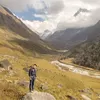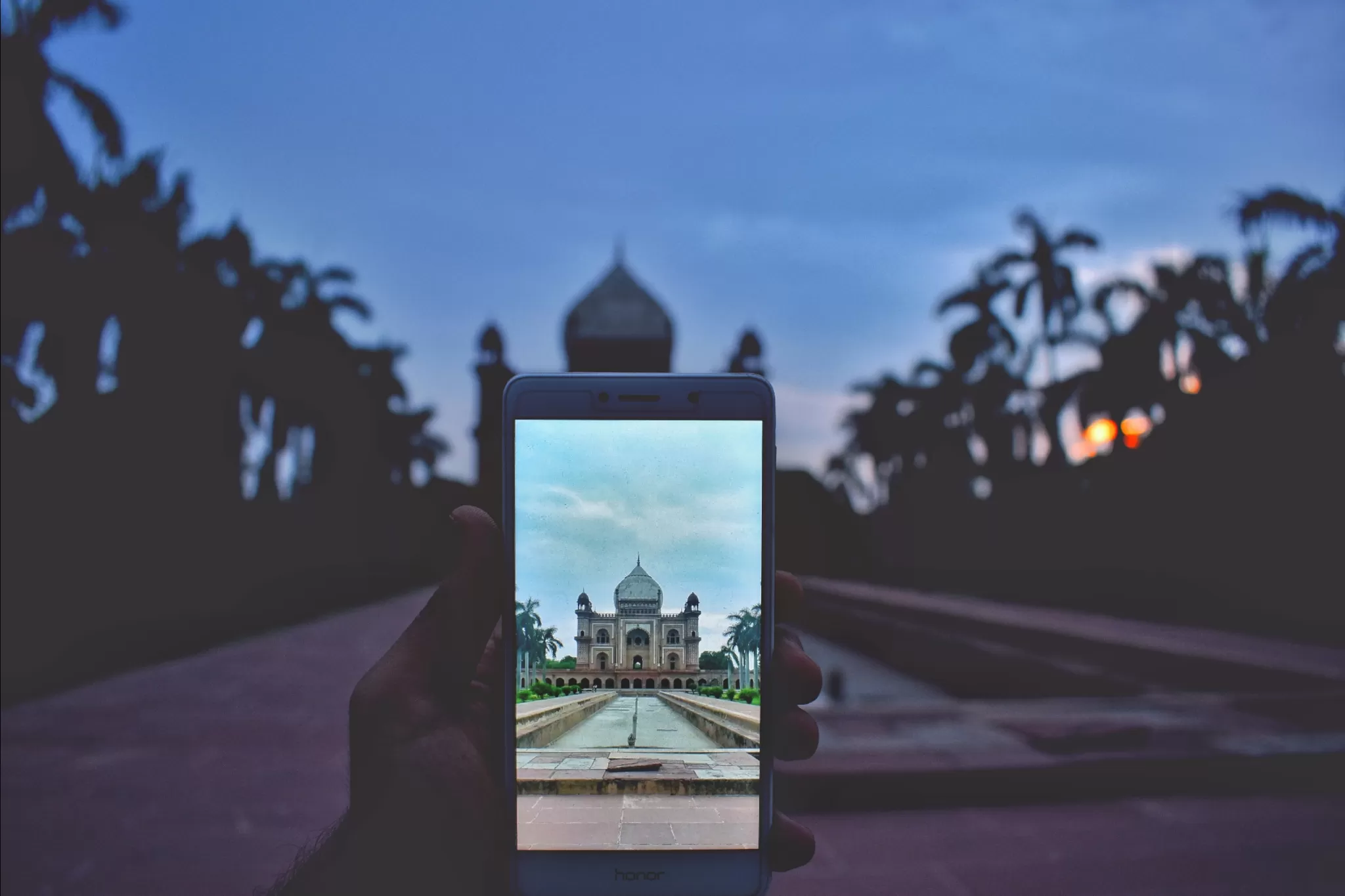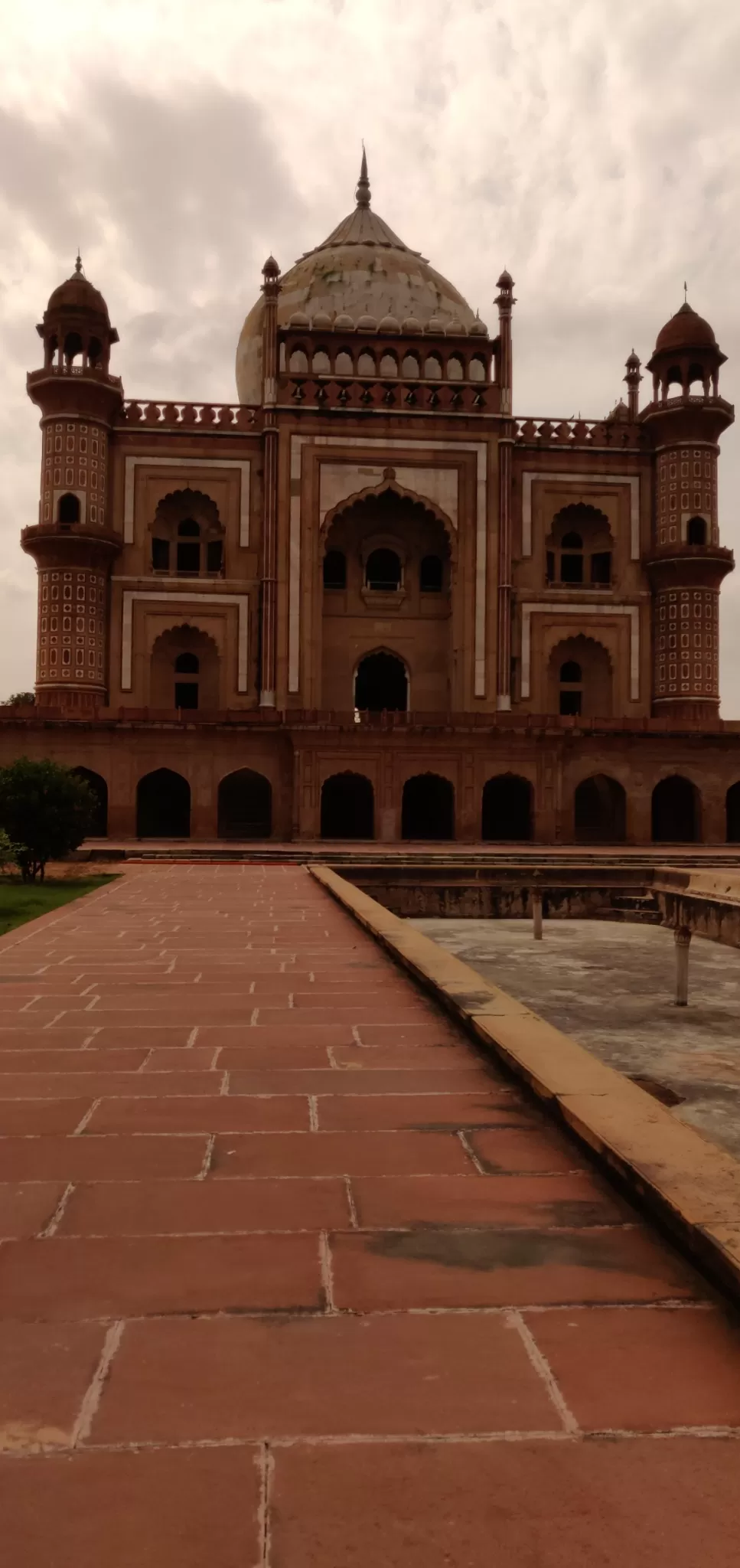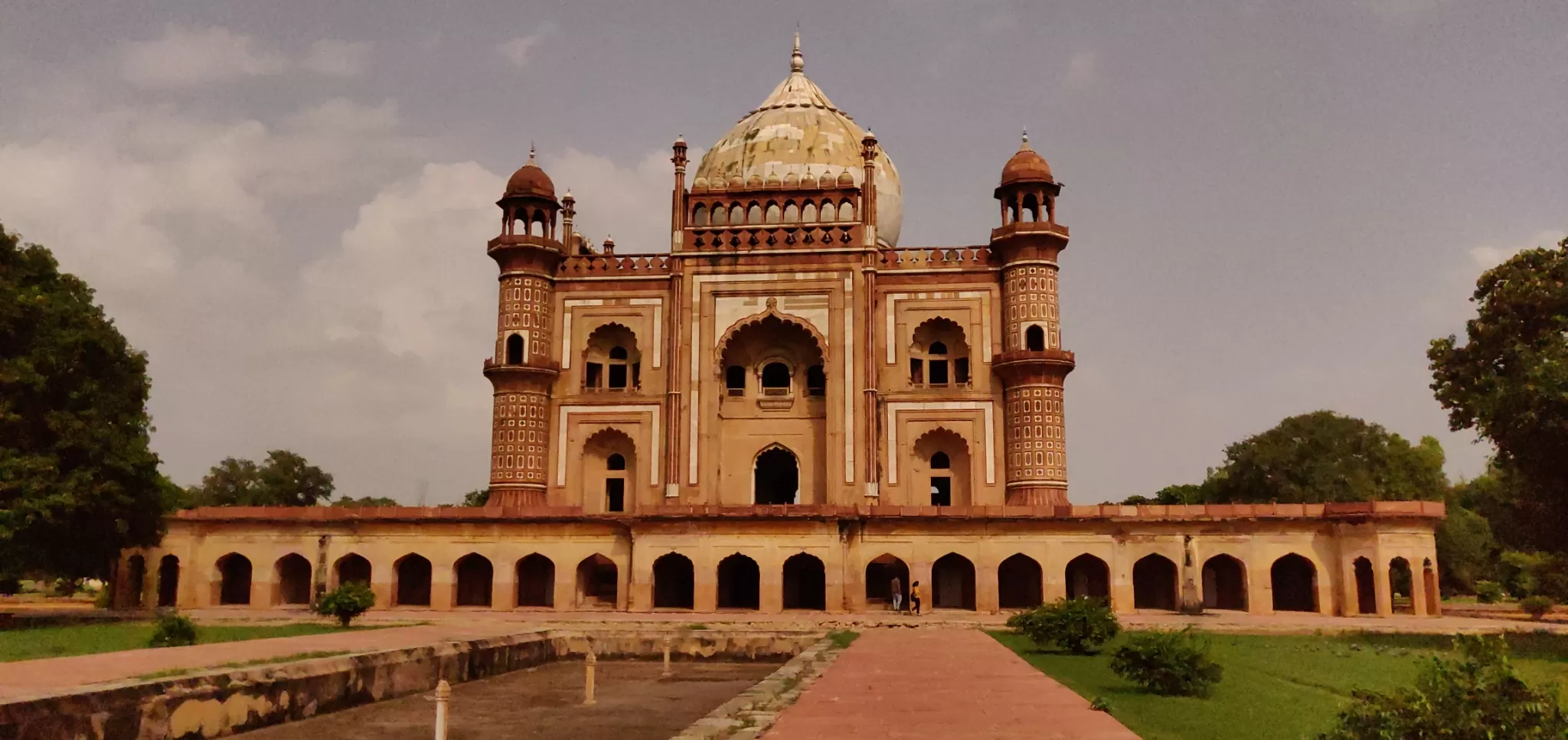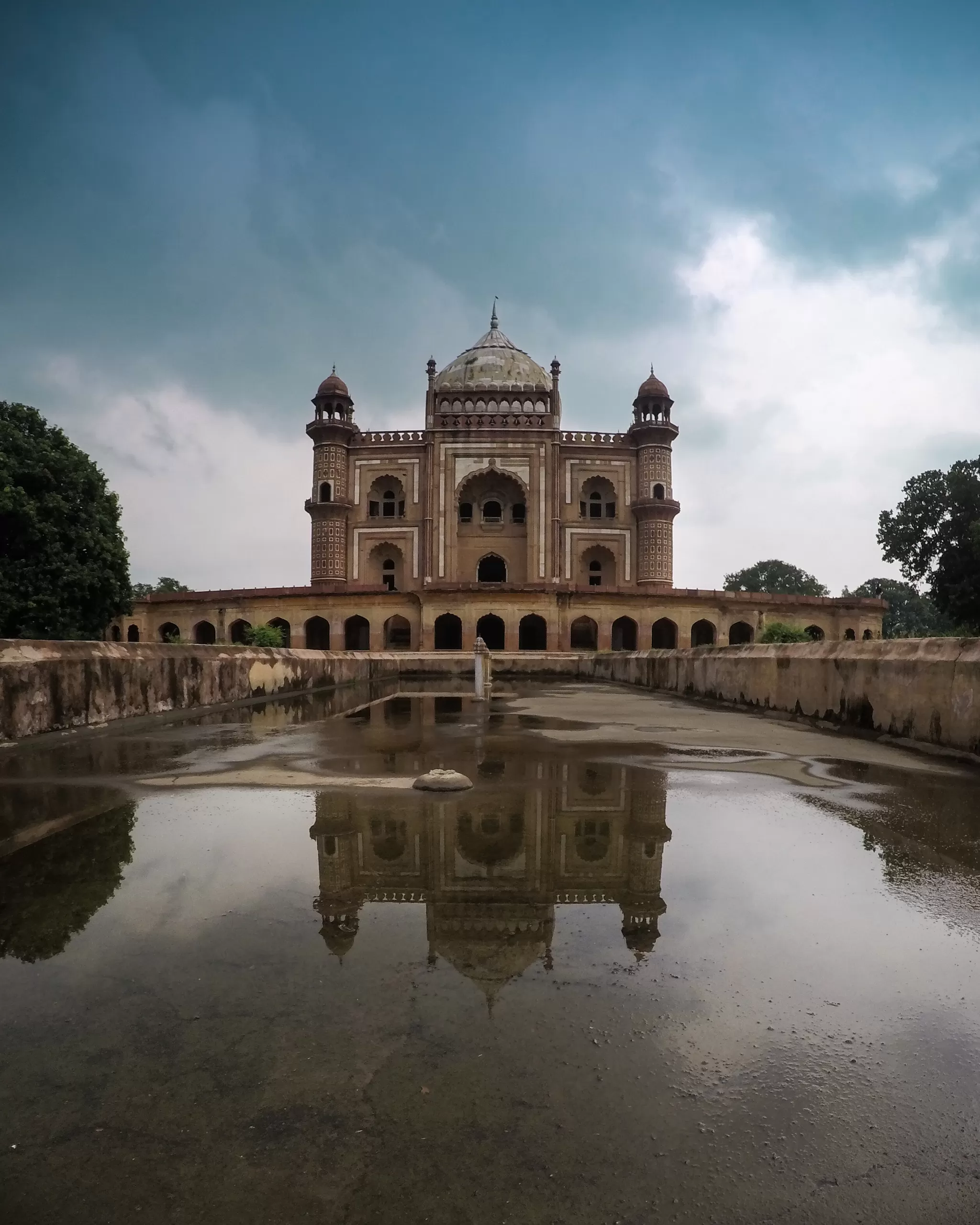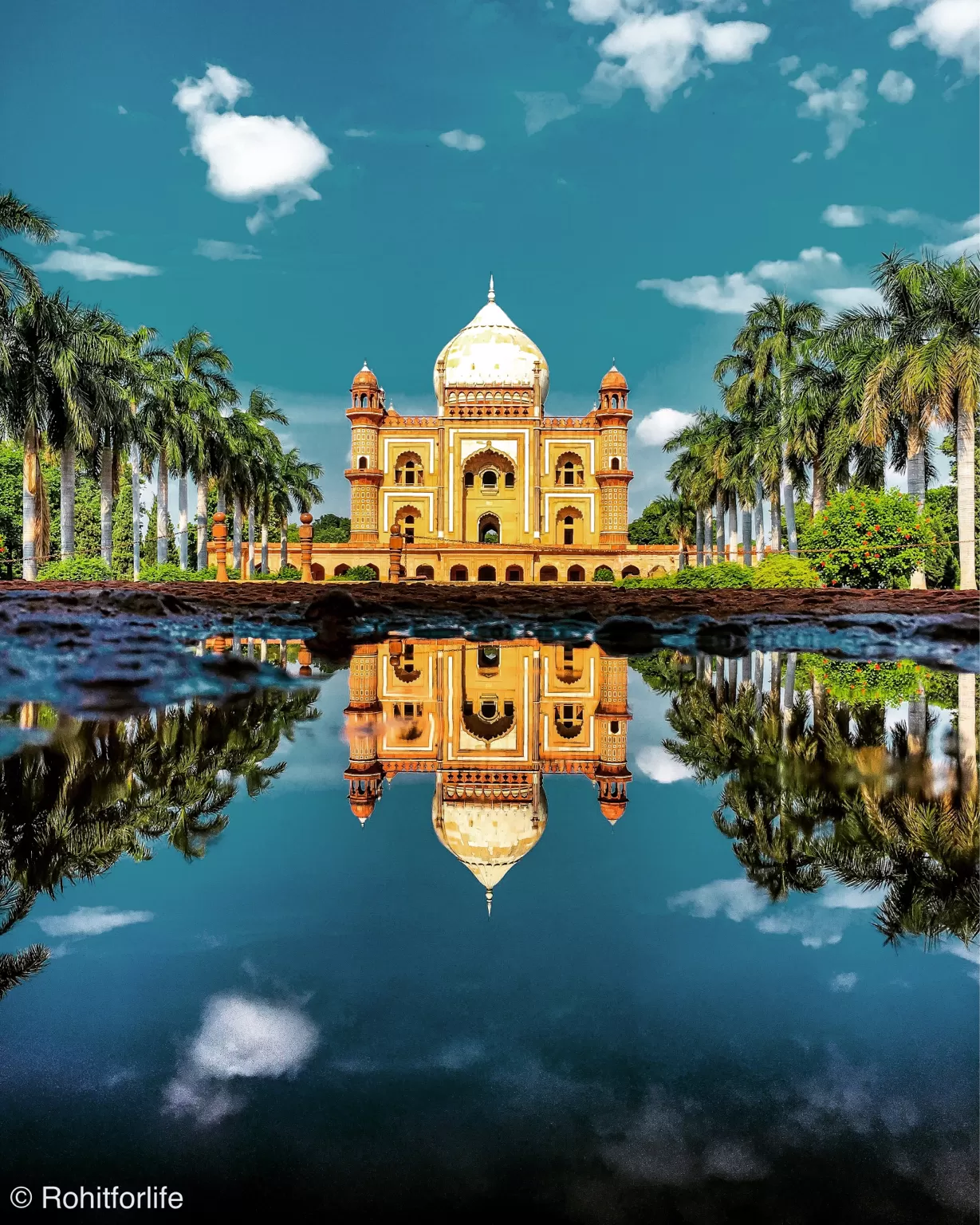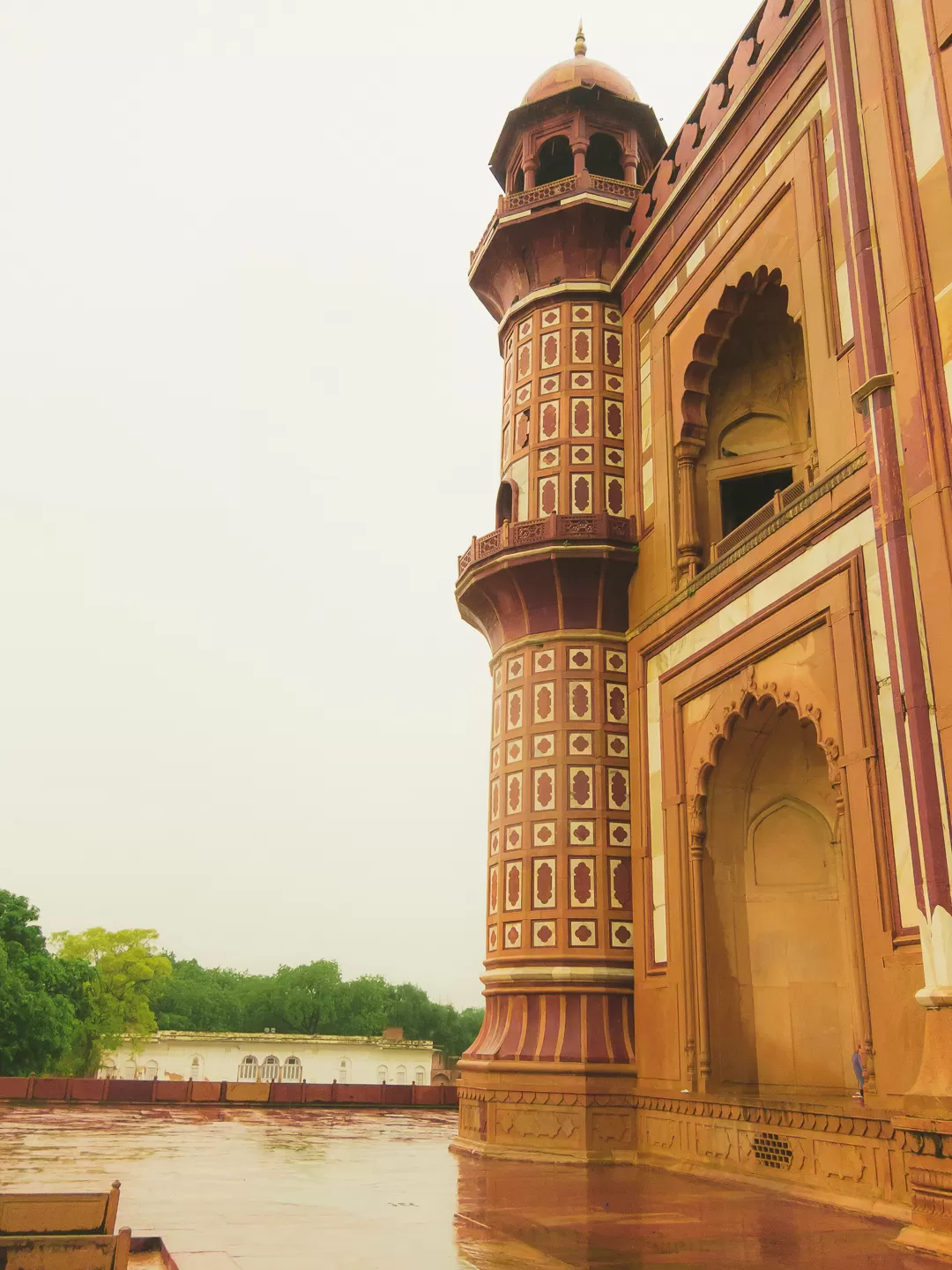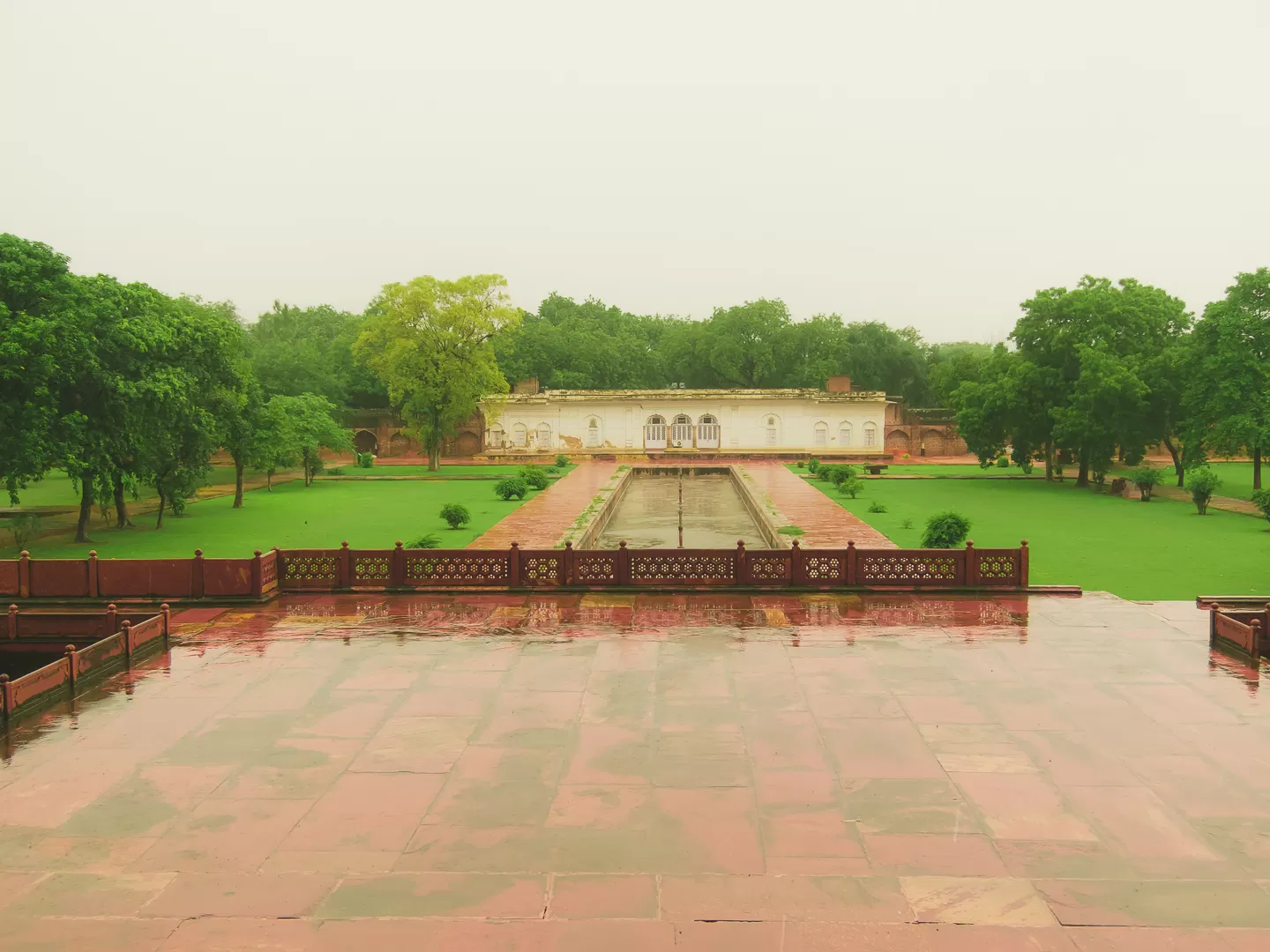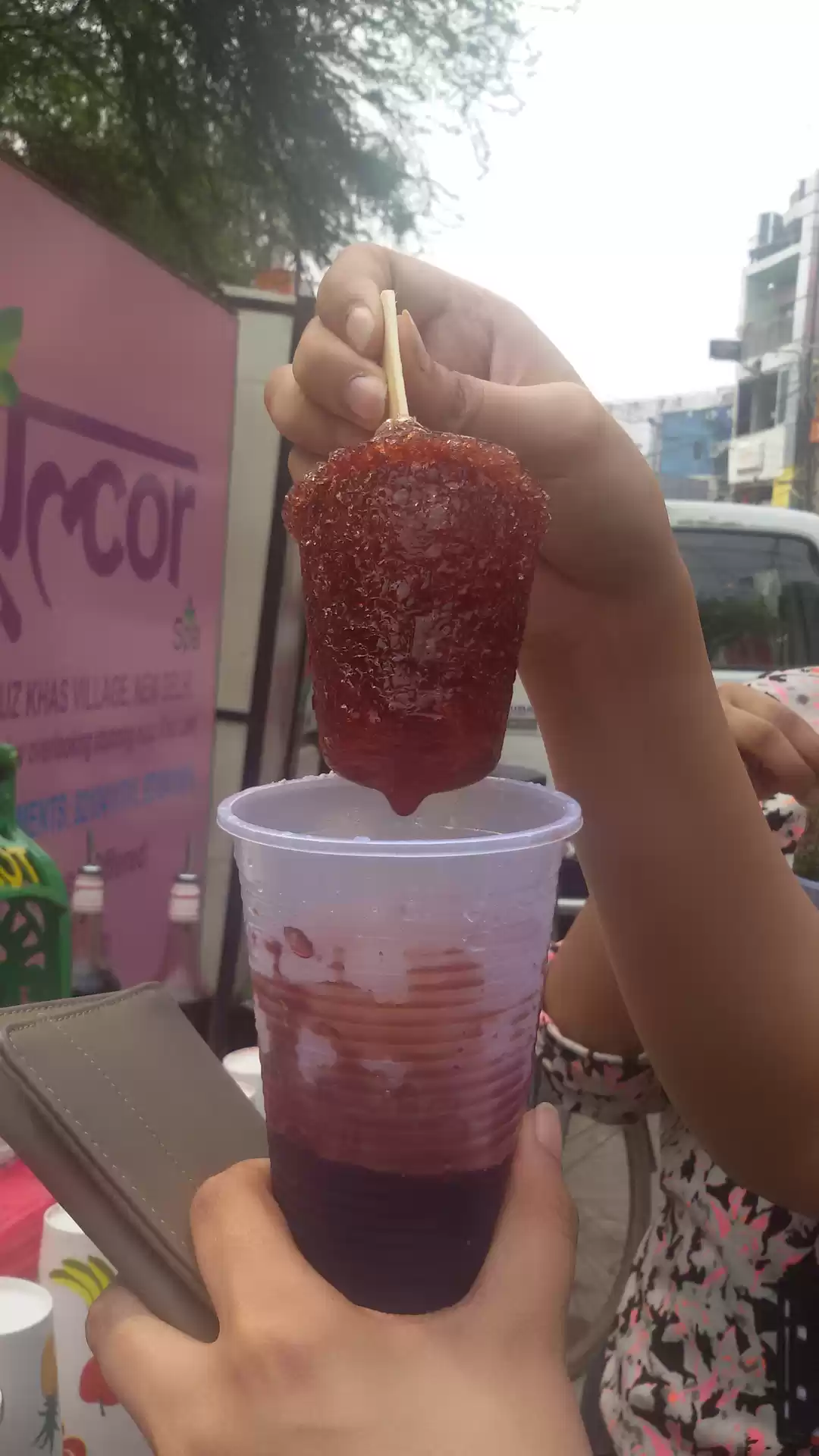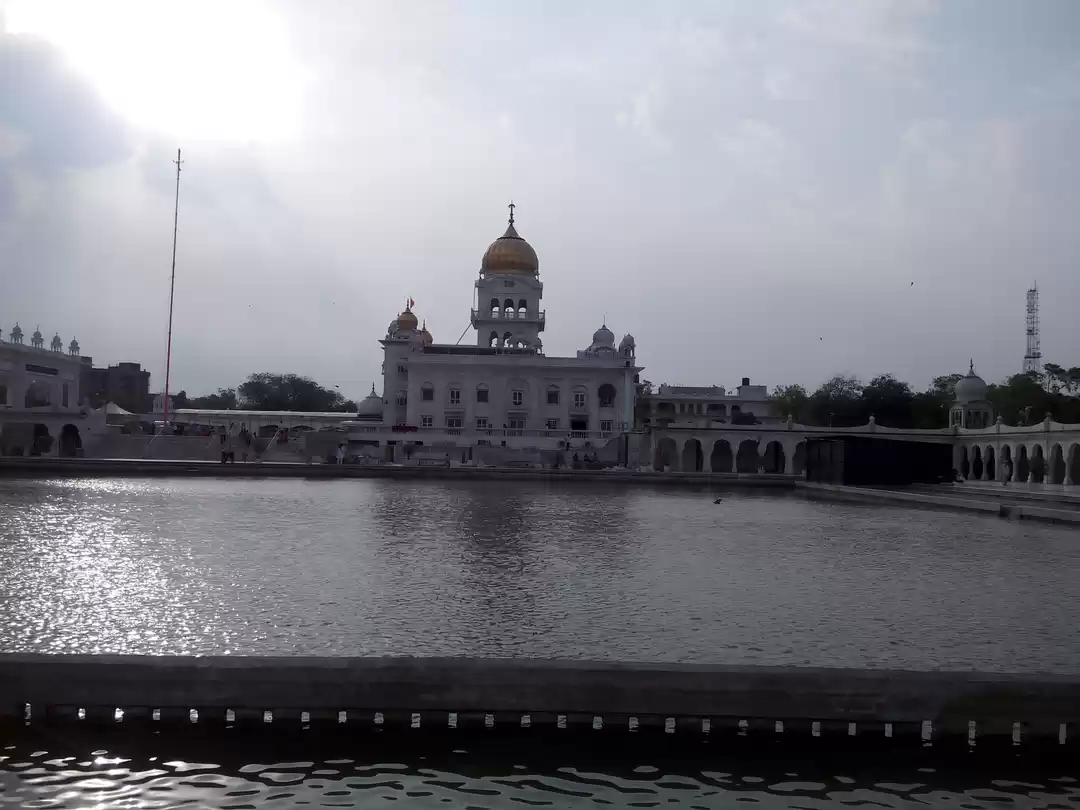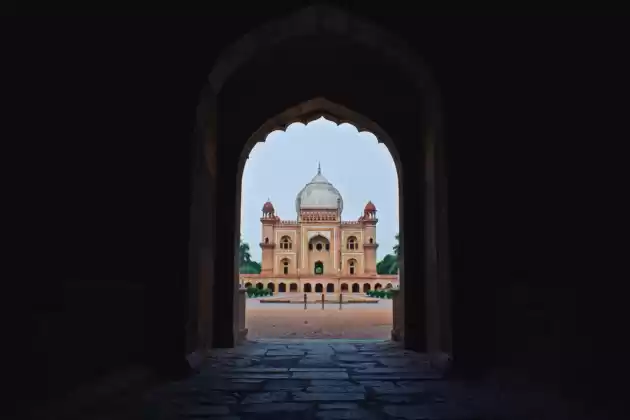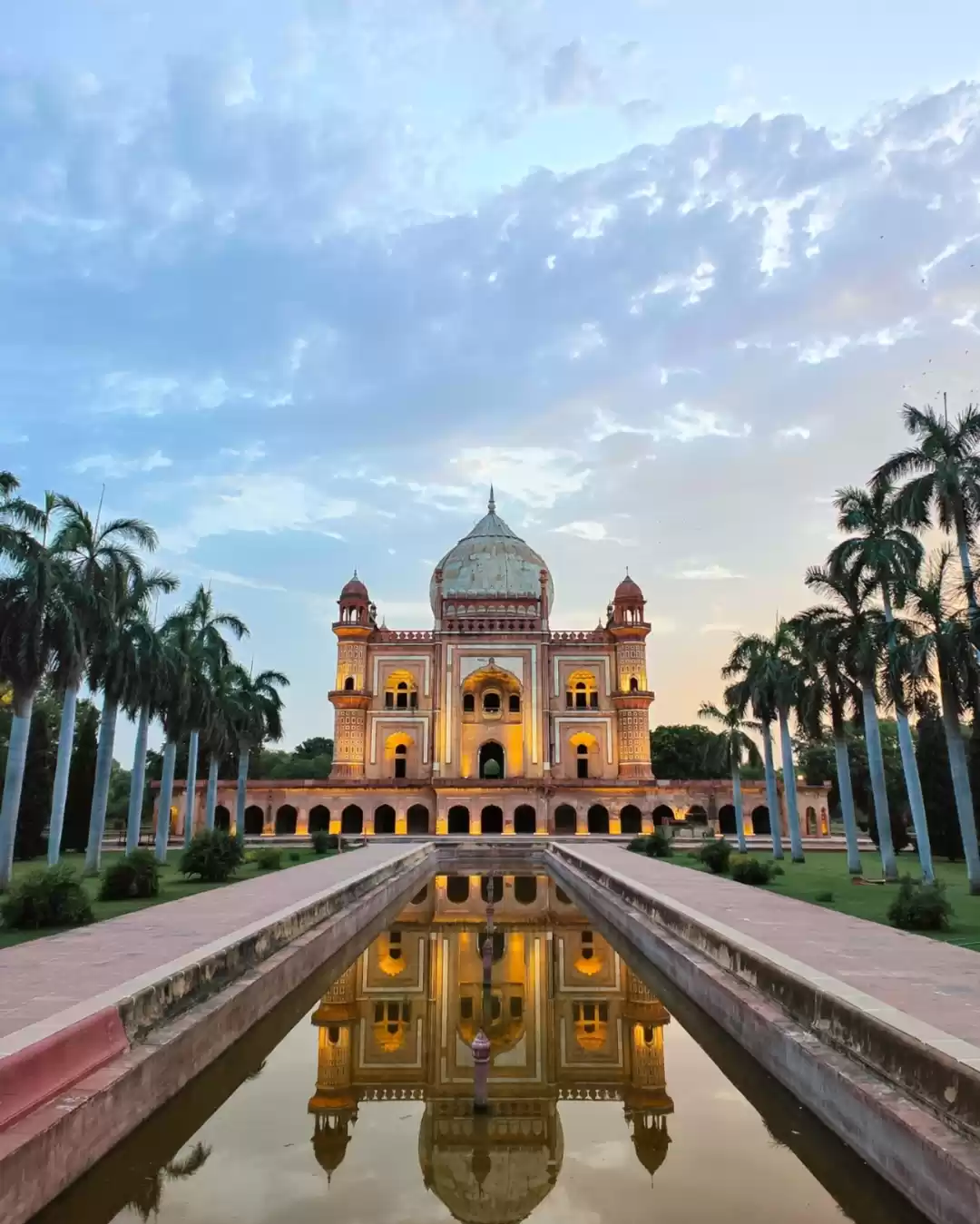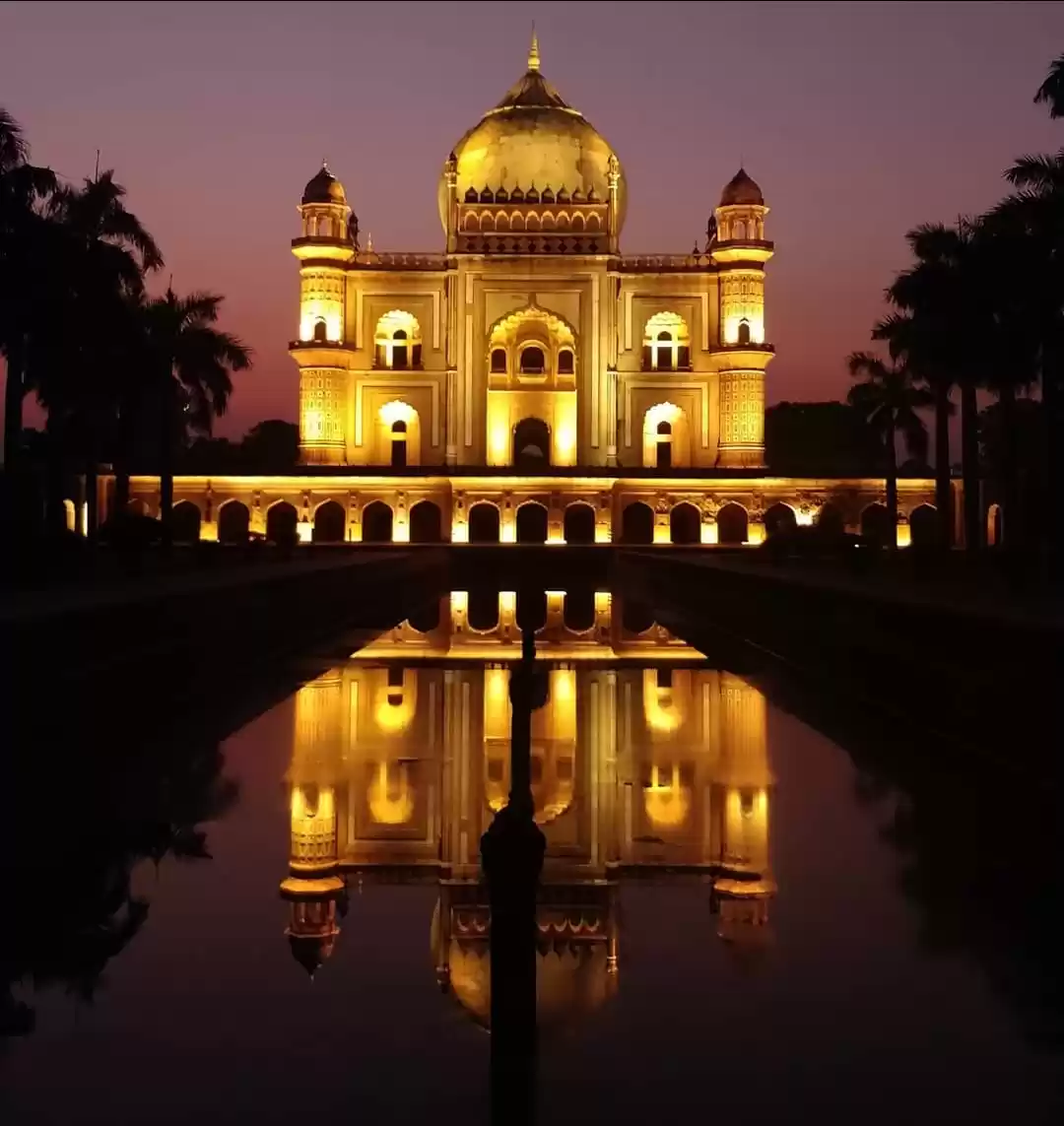Delhi, the capital city of India, is home to many historical monuments that reflect its rich and diverse heritage. One of these monuments is the Safdarjung Tomb, a majestic mausoleum that stands as a symbol of the last phase of the Mughal Empire. The Safdarjung Tomb is not only a remarkable example of Mughal architecture, but also a fascinating place to learn about the history, culture, and politics of Delhi in the 18th century.
In this article, we will guide you through everything you need to know about the Safdarjung Tomb, including its history, architecture, location, timings, things to do, and nearby attractions. Whether you are a history buff, a culture lover, or a photography enthusiast, you will find something to enjoy at the Safdarjung Tomb.
History of the Safdarjung Tomb
The Safdarjung Tomb was built in 1754 by Nawab Shuja-ud-Daula, the son of Mirza Muqim Abul Mansur Khan, better known as Safdarjung. Safdarjung was a powerful and influential nobleman who served as the Nawab of Awadh (a region in northern India) and the Viceroy of India under the Mughal Emperor Ahmad Shah Bahadur. He was also a skilled military leader who fought against the Marathas and the Afghans. He died in 1753 in Delhi and was buried in a garden near his residence.
His son, Shuja-ud-Daula, commissioned the construction of a grand tomb for his father on the same site. The tomb was designed by an unnamed architect who followed the style and pattern of the Humayun’s Tomb, another famous Mughal monument in Delhi. However, unlike the Humayun’s Tomb, which was built with red sandstone and white marble, the Safdarjung Tomb was built mostly with red sandstone and some marble. This was because by the time of Safdarjung’s death, the Mughal Empire was in decline and facing financial difficulties. The tomb was also criticized by some contemporary observers for being too ostentatious and extravagant for a declining empire.
The Safdarjung Tomb is considered to be the last monumental tomb garden of the Mughals. It marks the end of an era of Mughal art and architecture that began with the Taj Mahal in Agra. It also reflects the political and social changes that were taking place in Delhi at that time, such as the rise of regional powers, the invasion of foreign forces, and the emergence of British influence.
Architecture of the Safdarjung Tomb
The Safdarjung Tomb is a stunning example of Mughal architecture that combines Persian, Islamic, and Indian elements. The tomb is situated in the center of a large garden that is divided into four parts by pathways and water channels. This layout is known as charbagh (four gardens), a typical feature of Islamic gardens. The garden also contains several pavilions, such as Jangli Mahal (Palace in the Woods), Moti Mahal (Pearl Palace), Badshah Pasand (King’s Favourite), and Bai Ta (Tower).
The main attraction of the tomb complex is the mausoleum itself, which stands on a high platform with an arched gateway on each side. The mausoleum has a square plan with chamfered corners and octagonal towers at each corner. The towers are topped with domed kiosks called chhatris. The central dome of the mausoleum is made of white marble and has a lotus-shaped finial. The dome is flanked by four smaller domes on each side.

The interior of the mausoleum is decorated with intricate carvings, paintings, and inscriptions. The walls are adorned with floral motifs, geometric patterns, Quranic verses, and Persian poetry. The floor is covered with black and white marble tiles arranged in a chessboard pattern. The cenotaphs of Safdarjung and his wife are placed in the central chamber under an ornate canopy. The actual graves are located in an underground chamber that is not accessible to visitors.
The Safdarjung Tomb is often compared to other Mughal monuments in Delhi, such as the Humayun’s Tomb or the Taj Mahal. While some similarities can be seen in terms of design and layout, there are also some differences that make the Safdarjung Tomb unique and distinctive. For instance, the Safdarjung Tomb has more elaborate and diverse decorations than the Humayun’s Tomb, which has a more sober and elegant appearance. The Safdarjung Tomb also has more angular and asymmetrical features than the Taj Mahal, which has a more harmonious and symmetrical structure.
The Safdarjung Tomb is a testament to the creativity and skill of the Mughal architects and craftsmen who were able to create a magnificent monument despite the limitations of resources and materials. It is also a reflection of the personal taste and preference of Safdarjung and his son, who wanted to honor their legacy and status with a splendid tomb.
Location and Timings of the Safdarjung Tomb
The Safdarjung Tomb is located in the south of Delhi, near the Safdarjung Airport and the Safdarjung Hospital. The exact address of the tomb is Air Force Golf Course, Delhi Race Club, New Delhi, Delhi 110021. The tomb is easily accessible by different modes of transportation, such as metro, bus, taxi, or car.
The nearest metro station to the tomb is Jor Bagh on the Yellow Line, which is about 2 km away from the tomb. From there, you can take an auto-rickshaw, a cycle-rickshaw, or a cab to reach the tomb. Alternatively, you can also take a bus to Safdarjung Terminal or Safdarjung Hospital and walk for about 10 minutes to reach the tomb.
The opening and closing hours of the tomb are from sunrise to sunset, which means that they vary depending on the season and the daylight. Generally, the tomb is open from 6 am to 6 pm in summer and from 7 am to 5 pm in winter. The tomb is open on all days of the week, except on national holidays or special occasions when it may be closed for maintenance or security reasons.
The entry fee for visiting the tomb is Rs. 15 for Indian citizens and Rs. 200 for foreign nationals. There is no charge for children below the age of 15. The photography charges for carrying a camera inside the tomb are Rs. 25 for still camera and Rs. 100 for video camera. However, photography is not allowed inside the main mausoleum chamber where the cenotaphs are located.
Also check out: Tomb of Safdarjung: Last of the Mughal Tomb Gardens
Things to do in and around Safdarjung Tomb
There are many things to do in and around the Safdarjung Tomb that will make your visit more enjoyable and memorable. Here are some suggestions:
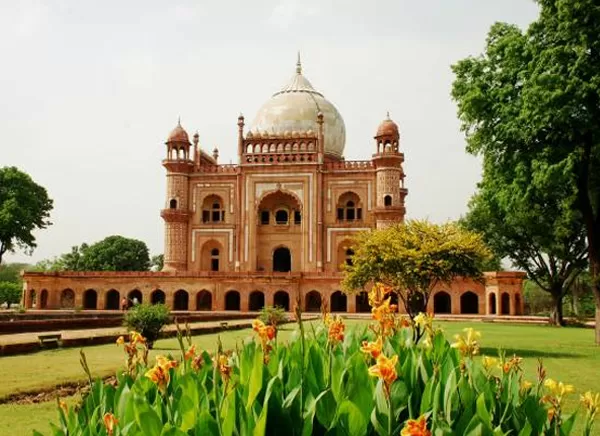
1. Explore the tomb complex and its various structures, such as the main mausoleum, the mosque, the library, and the madrasa. Admire the intricate carvings, paintings, and inscriptions on the walls, ceilings, and floors of the tomb. Learn about the history, culture, and politics of Delhi in the 18th century through the stories and legends associated with the tomb.
2. Take photographs or selfies with the tomb as a backdrop or from different angles and perspectives. Capture the beauty and grandeur of the tomb in different lights and seasons. Share your photos with your friends and family on social media or create a photo album or collage of your visit.
3. Relax or picnic in the lush green garden that surrounds the tomb. Enjoy the fresh air and tranquility of nature in contrast to the hustle and bustle of Delhi. Watch the birds, squirrels, butterflies, and flowers that inhabit the garden. Listen to the sound of water flowing through the channels and fountains.
4. Visit the nearby Safdarjung Airport or Safdarjung Hospital for some modern contrast or curiosity. The Safdarjung Airport is one of the oldest airports in India that was established in 1929 as Willingdon Airfield. It is now used for general aviation and training purposes. The Safdarjung Hospital is one of the largest government hospitals in India that was founded in 1942 as an emergency hospital during World War II. It is now a tertiary care center that provides medical services to millions of patients every year.
You may also like to read: Reflection of Rich Culture & Heritage:The Qutub Minar
Nearby Attractions to Safdarjung Tomb
If you have some extra time after visiting the Safdarjung Tomb, you can also check out some other historical monuments or places of interest that are close to the tomb. Here are some recommendations:

Lodhi Gardens
It is a public park that contains several tombs, mosques, and bridges from the Lodi and Sayyid dynasties that ruled Delhi before the Mughals. The Lodi Garden is a popular spot for jogging, walking, yoga, meditation, or just relaxing among nature. The garden also hosts cultural events such as music concerts, art exhibitions, and festivals throughout the year.

Qutub Minar
It is a UNESCO World Heritage Site that features a 73-meter high tower that was built by Qutub-ud-Din Aibak in 1193 as a symbol of Islamic victory over Hindu rulers. The tower is made of red sandstone and has five storeys, each with a projecting balcony and intricate carvings. The tower also has a spiral staircase of 379 steps that leads to the top, where one can enjoy a panoramic view of Delhi. The Qutub Minar complex also contains a mosque, an iron pillar, and other ruins from the Delhi Sultanate period.

India Gate
It is a war memorial that commemorates the soldiers who died in World War I and other wars. It also serves as a popular spot for leisure and entertainment in Delhi. The India Gate is a 42-meter high arch that was designed by Sir Edwin Lutyens and completed in 1931. The arch has the names of over 70,000 soldiers inscribed on its walls. The arch also has an eternal flame called Amar Jawan Jyoti (Flame of the Immortal Soldier) that burns under it. The India Gate is surrounded by a large lawn and a fountain that are illuminated at night.
These are some of the nearby attractions that you can visit after exploring the Safdarjung Tomb. You can also find many other places of interest in Delhi, such as museums, temples, markets, and parks, that will make your trip more enjoyable and memorable.
The Safdarjung Tomb is a must-see attraction for anyone interested in history, culture, or architecture. It is a magnificent monument that showcases the last phase of the Mughal Empire and its artistic legacy. It is also a fascinating place to learn about the life and times of Safdarjung and his son, who were influential figures in the 18th century Delhi.
By visiting the Safdarjung Tomb, you will not only witness a splendid tomb garden, but also experience a glimpse of Delhi’s past and present.
We hope that this article has given you all the information you need to plan your visit to the Safdarjung Tomb. If you have any questions or feedback, please feel free to leave a comment below. We would love to hear from you.
Thank you for reading and happy travels!




